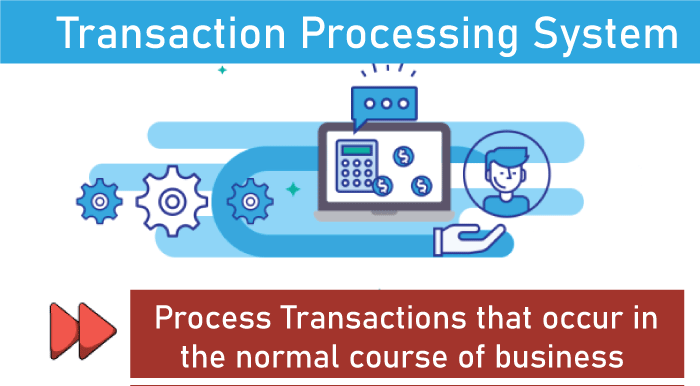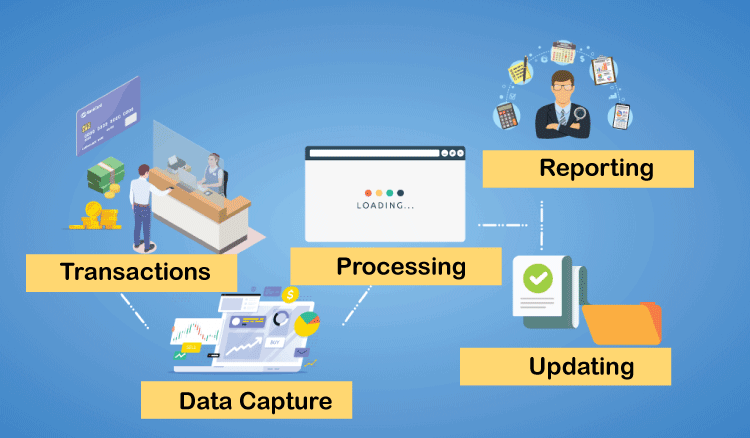Transaction DefinitionA transaction is a finished understanding between a purchaser and a vendor to move things, administrations, or money-related assets in return for cash. Furthermore, the expression is normally utilized in corporate accounting. This straightforward concept might be dangerous in commercial accounting. Whether an organization uses gathering or money bookkeeping, a transaction may be documented sooner or later. 
Understand Transactions More AccuratelyA deals transaction between a purchaser and a dealer is basic. Individual A pays Individual B in return for an item or administration. After they agree on the conditions, money is exchanged for the item or service, and the transaction is completed. Accounting transactions might be more complex since organizations may sign a contract today that will not be resolved later. Conversely, they may have revenues or costs that are known but not yet due. Third-party transactions can complicate the approach. The type of accounting used by a firm to record revenue and cost transactions, accrual or cash, influences its financial and tax reporting.
Transaction ProcessingTransaction handling in software engineering refers to data processing divided into discrete, determined processes called transactions. Every transaction must succeed or fail as a whole; it can never be partially complete. For example, when you buy a book from a web-based bookstore, you exchange cash (as credit) for the book. But, if a single action in the sequence fails during the trade, the real deal fails. You don't get the book, and the bookstore doesn't get your money. Transaction management refers to the innovation responsible for adjusting and predicting the trade. Transactions ensure that information-organized assets are not perpetually renewed until all tasks within the transactional unit are completed. By consolidating a bunch of related tasks into a unit that either totally succeeds or falls flat, one can work on mistake recuperation and make one's application more solid. 
Transaction handling frameworks comprise PC hardware and code that enable a transaction-based application to carry out the routine transactions required to run a business. Models include frameworks that manage deal request passage, airplane bookings, financing, labor records, assembly, and transportation. Because most, if not all, transaction management today is intuitive, the phrase is commonly used interchangeably with online transaction handling. Description of Transaction ProcessTransaction management is designed to maintain a framework's uprightness (often a data set or some cutting-edge filesystems) in a known, consistent state by ensuring that linked procedures on the framework are either unquestionably finished successfully or all discarded successfully. Consider a typical banking transaction in which $700 is transferred from a client's investment account to a client's financial records. In PC terms, this transaction consists of two discrete activities: charging the investment account $700 and crediting the financial records by $700. There must like this, be a method for guaranteeing that either the two tasks succeed or both flop so there will never be any irregularity in the bank's data set in general. 
Transaction of the executives is the most common way of consolidating a few undertakings into a solitary, brought-together transaction and guaranteeing that all or none of the activities in a transaction are executed without botch. Assuming a portion of the undertakings are finished, however, mistakes happen when the others endeavor; the transaction-taking care system "rolls back" every one of the transaction's errands (counting the productive ones), erasing all hints of the transaction and reestablishing the structure to the anticipated, known state it was in before the transaction's dealing with started. After all transaction tasks are completed, the framework commits the transaction. All changes to the data set are rendered very persistent; the transaction cannot be changed back once completed. Transaction handling makes preparations for equipment and programming mistakes that could leave a transaction to some degree finished. If the PC framework crashes in a transaction, the transaction handling framework ensures that all tasks in pending transactions are dropped. In general, transactions are executed concurrently. Crossing over (for example, if they need to contact a similar element of the data set) might result in conflicts. For example, if the customer in the model above has $150 in his investment account and tries to transfer $100 to another individual while also transferring $100 to the financial records, only one will succeed. Consequently, concurrent executions of transaction processing are modified to ensure that the end output replicates a contention-free outcome equal to what might be achieved if the transactions were executed sequentially in any request (a property called serializability).
Next TopicDisplacement Definition
|
 For Videos Join Our Youtube Channel: Join Now
For Videos Join Our Youtube Channel: Join Now
Feedback
- Send your Feedback to [email protected]
Help Others, Please Share









